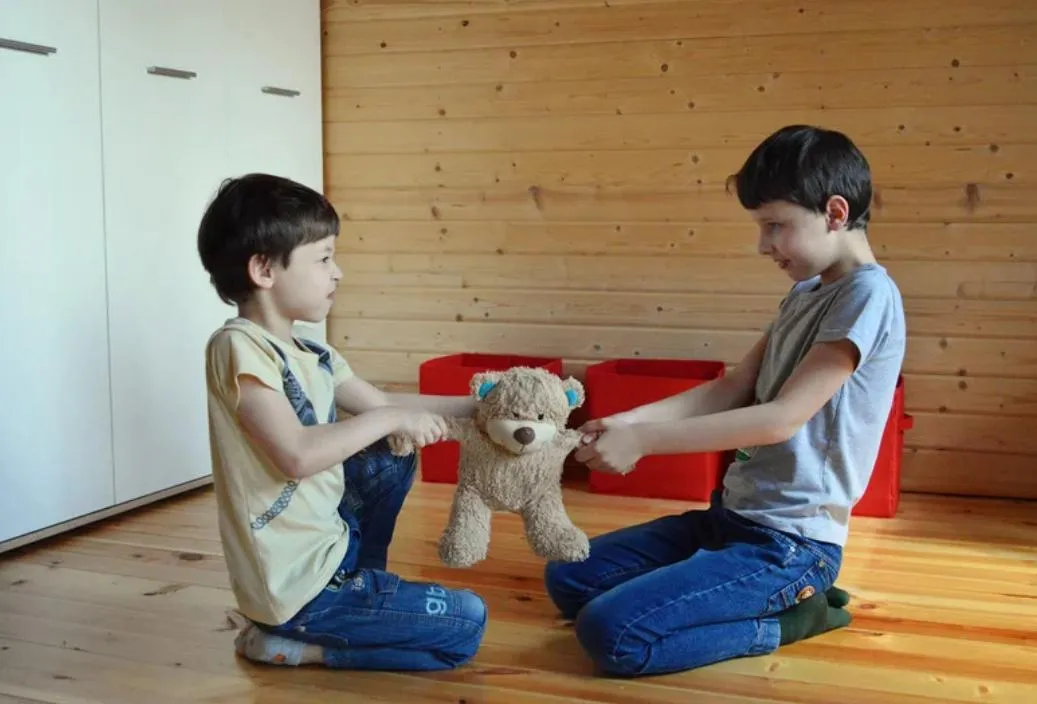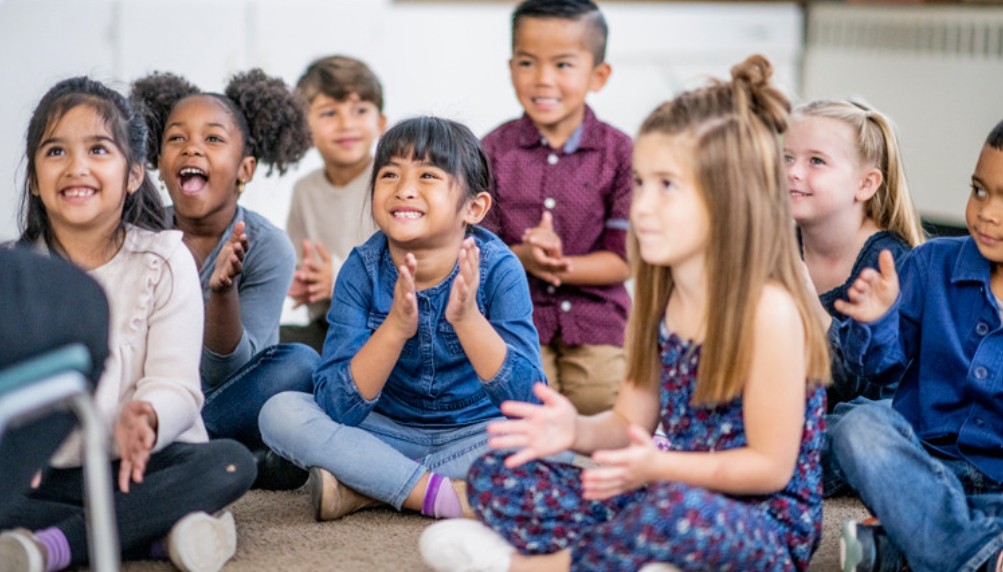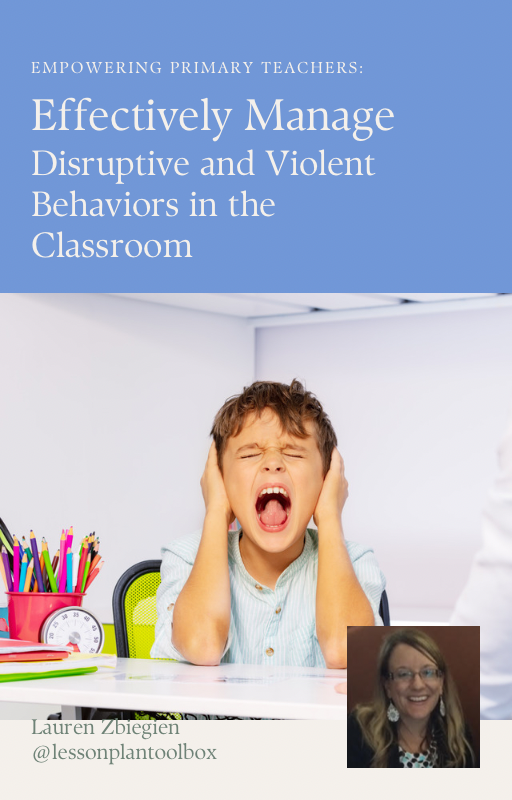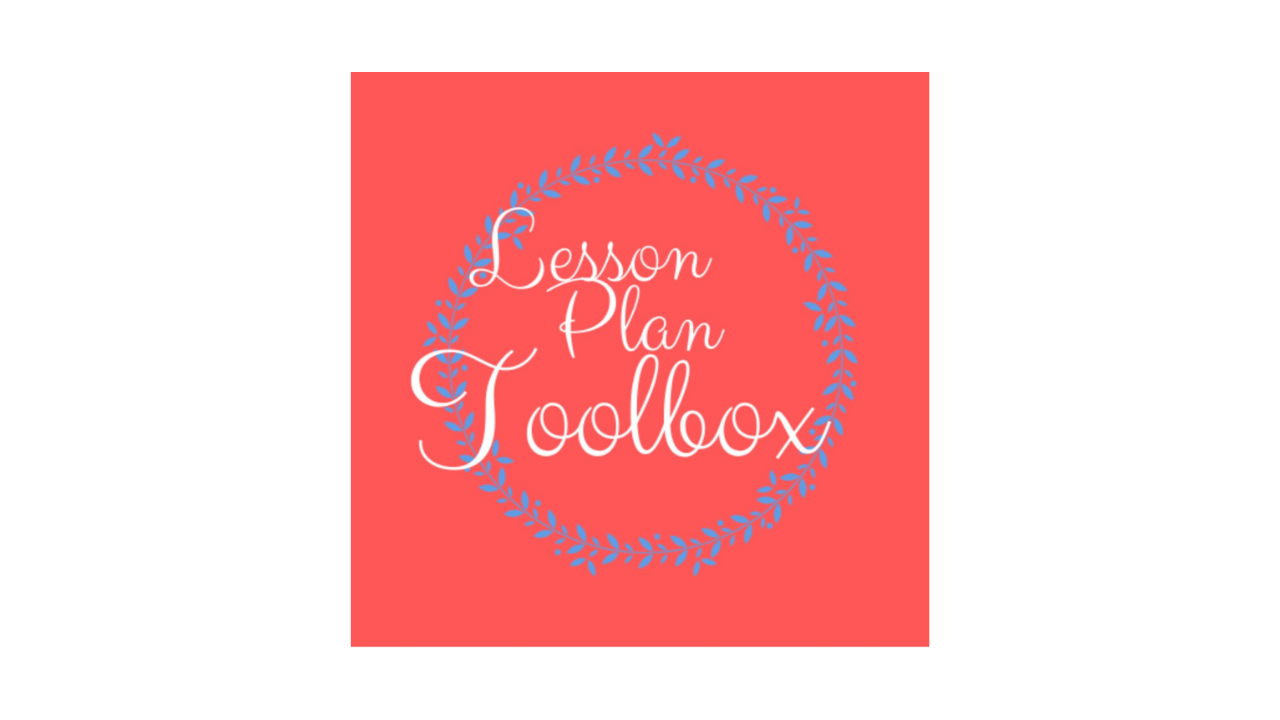
Mastering Conflict Resolution in the Primary Classroom: 10 Creative Strategies for Teachers
Click here to watch the YOUTUBE version of this post.
Welcome to our yearlong series on Classroom Management by Design for Primary Teachers. Each week we will give you a new piece to the classroom management puzzle to have in place when you need it this school year. Think of it as a Lego kit just waiting to be built.
Classroom Management by Design for Primary Teachers:
Mastering Conflict Resolution in the Primary Classroom: 10 Creative Strategies for Elementary Teachers

Conflicts in the primary classroom can feel like daily hurdles, but what if we flip the script? Rather than seeing them as disruptions, let’s turn these moments into golden opportunities for growth, empathy, and collaboration. If you’re a primary teacher struggling with conflict resolution, you're not alone—and I’ve got some powerful strategies to help you navigate these tricky waters with ease!
1. The Power of "I-Statements”
Have you ever noticed how kids often point fingers when upset? Instead of, “You took my pencil!” teach them to use “I-Statements.” The shift might sound simple, but the results are transformative. For example, a student could say, “I feel upset when you take my pencil without asking.” Now, you've moved from accusation to self-expression—magic! This approach reduces defensiveness and opens the door to understanding.
2. Create a Peace Table (or Corner!)
Conflicts don’t always need instant solutions. Sometimes, students need a safe, designated space to breathe and reflect. Enter the Peace Table—a calm spot in your classroom where students can retreat to sort out their differences. Add a “peace talk” script or even conflict resolution cards (more on that later) to guide students toward a solution. This turns your classroom into a sanctuary of growth rather than a battlefield.

3. Stop, Think, Talk
Ever feel like conflicts explode before they can be addressed? Teaching the “Stop, Think, Talk” method gives your students the tools to pause the moment things go awry. First, they stop their actions. Next, they think about how they feel and what the issue is. Finally, they talk it out with their peer or with you, moving from reactive to reflective problem-solving. This method gives students the space to process their emotions and decide on a peaceful approach before speaking.
4. Role-Playing to Resolve Real Problems
Put your students in the driver's seat with role-playing! Whether it's two students acting out a playground disagreement or a group reenacting a classic classroom conflict, role-playing helps students understand different perspectives. It’s also a low-stakes way for them to practice conflict resolution in front of their peers. Bonus tip: Make it fun by adding puppets or props! This keeps students engaged while learning essential life skills.

5. Conflict Resolution Cards: Instant Help, Zero Friction
Kids don’t always know what to say when emotions run high. Having Conflict Resolution Cards at the ready can bridge that gap. When tempers flare, students can grab a card that prompts them with phrases like “Let’s take a deep breath” or “I need help understanding what happened.” These cards guide students step-by-step, turning potential chaos into a constructive dialogue.
CLICK HERE TO GRAB YOUR FREE CONFLICT RESOLUTION CARDS - EMAIL IS NOT REQUIRED!
6. The Buddy System: Strength in Numbers
When conflicts feel too big, it can help to have a friend by your side. Implementing a Buddy System pairs students with a peer who can help mediate. It’s not just about defusing tensions—students learn to lean on one another for support, building a sense of community and collaboration in your classroom. It can also lighten your workload as the sole conflict resolver.

7. Empathy Building Through Class Discussions
Empathy is at the heart of conflict resolution. A weekly class discussion centered around empathy can work wonders. Try reading storybooks with scenarios that invite students to think about how different characters feel. For instance, after reading, “How do you think Sarah felt when John grabbed her toy? What could he have done differently?” Empathy becomes a classroom habit, making future conflicts much easier to resolve.
8. Scripts to Navigate Tough Situations
Let’s face it: kids need structure. Conflict resolution scripts provide a framework for students to talk through their problems. Simple scripts like, “What happened? How did that make you feel? What can we do to make it better?” guide students through conflicts without emotions spiraling out of control. This step-by-step process empowers students to communicate their feelings in a healthy, productive way.

9. Positive Reinforcement: Rewarding Peacemakers
Everyone loves a little recognition! When students resolve conflicts on their own, reward them with positive reinforcement. Whether it’s a sticker, a "peace prize," or just a heartfelt acknowledgment in front of the class, positive reinforcement encourages students to keep practicing their conflict resolution skills. They’ll soon realize that peacemaking can be as rewarding as winning a game.
10. You as the Mediator: Model the Magic
Sometimes, conflicts need your touch. As the teacher-mediator, you’re modeling essential life skills for your students. When they see you listen patiently to both sides, express empathy, and guide the conversation toward a solution, you’re not just resolving one issue—you’re teaching them how to navigate all future conflicts. Your role as a mediator is powerful, and your students will carry these skills with them long after they leave your classroom.

Conclusion:
Conflict resolution in the primary grades doesn’t have to be stressful or time-consuming. By implementing these creative strategies, you’ll cultivate a classroom culture that values empathy, communication, and collaboration. Your students will learn to view conflicts as opportunities for growth, and you’ll find your teaching day flows more smoothly as a result.
With these tools in your pocket, you’re not just teaching content—you’re shaping future problem-solvers, peacebuilders, and empathetic leaders. How’s that for classroom magic?
SHOCK-TOBER Fall Classroom Confidence Success Challenge Coming Soon...
Want to join the wait list? Click Here
DID YOU KNOW…
Did you know I organize a FREE Facebook Group for Mastering Classroom Management? We are gearing up for our school year quarter sessions, so if you’re looking for a simple way to improve your classroom management join the already 200+ teachers that have signed up: Mastering Classroom Management Facebook Group
Your ebook GIFT: Empowering Primary Teachers: Effectively Manage Disruptive and Violent Behaviors in the Classroom

FINALLY…
If you enjoyed the tips in this post, you might also enjoy this series of videos Classroom Management by Design for Primary Teachers:
Silencing the Chaos: How to Quiet a Classroom Full of Disruptions and Rudeness
Diffusing Extreme Behaviors in the Primary Classroom
Avoiding Common Classroom Management Mistakes
Vision and Values for Your Classroom
Don’t forget to follow us over on Instagram!
Teach~Relax~Repeat
Lauren

